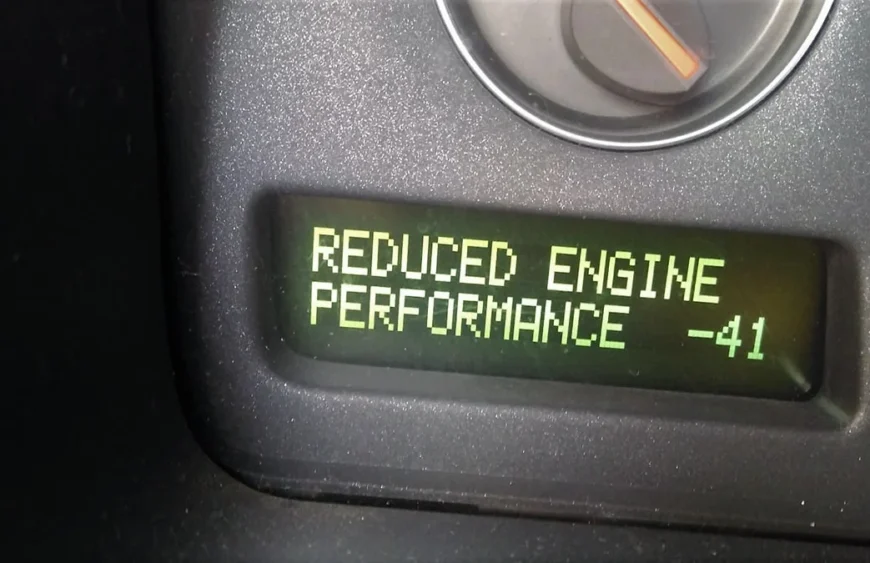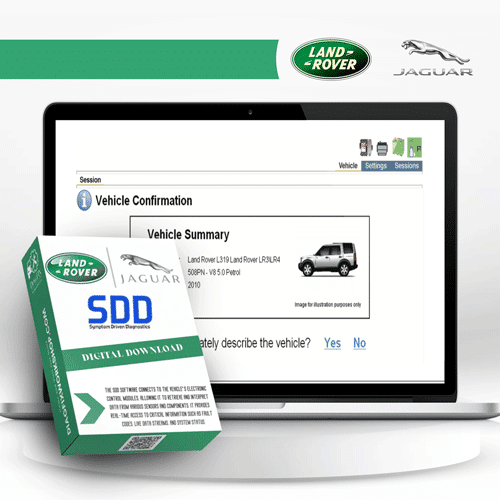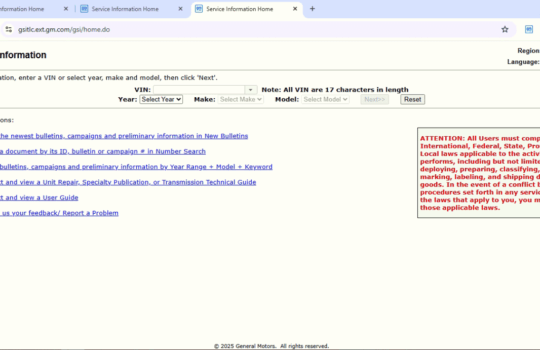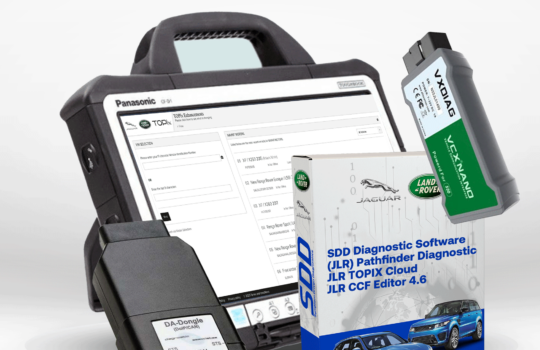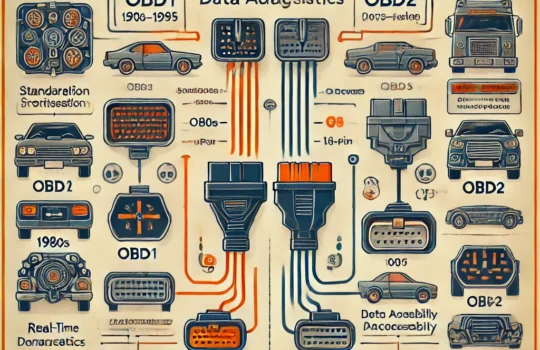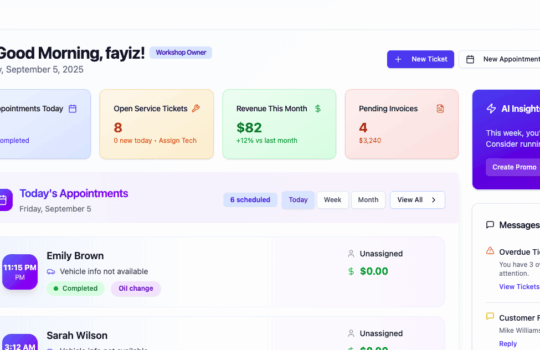The reduced engine performance fault on Land Rover Freelander 2 can be a frustrating experience for both drivers and technicians. This fault is characterized by a sudden loss of power, engine misfires, and reduced acceleration, which can significantly affect the vehicle’s overall performance. Understanding the common causes of this fault is essential in diagnosing and fixing the issue promptly.
One of the most common causes of reduced engine performance in Land Rover Freelander 2 is a faulty mass airflow sensor (MAF). The MAF sensor is responsible for monitoring the amount of air that enters the engine, which is essential for fuel injection and combustion. A faulty MAF sensor can result in the engine receiving less air than required, leading to a reduction in power output.
Another common cause of reduced engine performance in Land Rover Freelander 2 is a malfunctioning fuel pump. The fuel pump is responsible for delivering fuel to the engine at the correct pressure and flow rate. A failing fuel pump can result in a lack of fuel supply to the engine, leading to reduced performance.
Additionally, a clogged or dirty air filter can lead to a reduced engine performance fault in Land Rover Freelander 2. The air filter is responsible for preventing dirt and debris from entering the engine, but when it becomes clogged or dirty, it restricts airflow, resulting in reduced power output.
In this blog post, we will discuss in detail the common causes of reduced engine performance in Land Rover Freelander 2, including symptoms to look out for and how to diagnose and fix the issue.
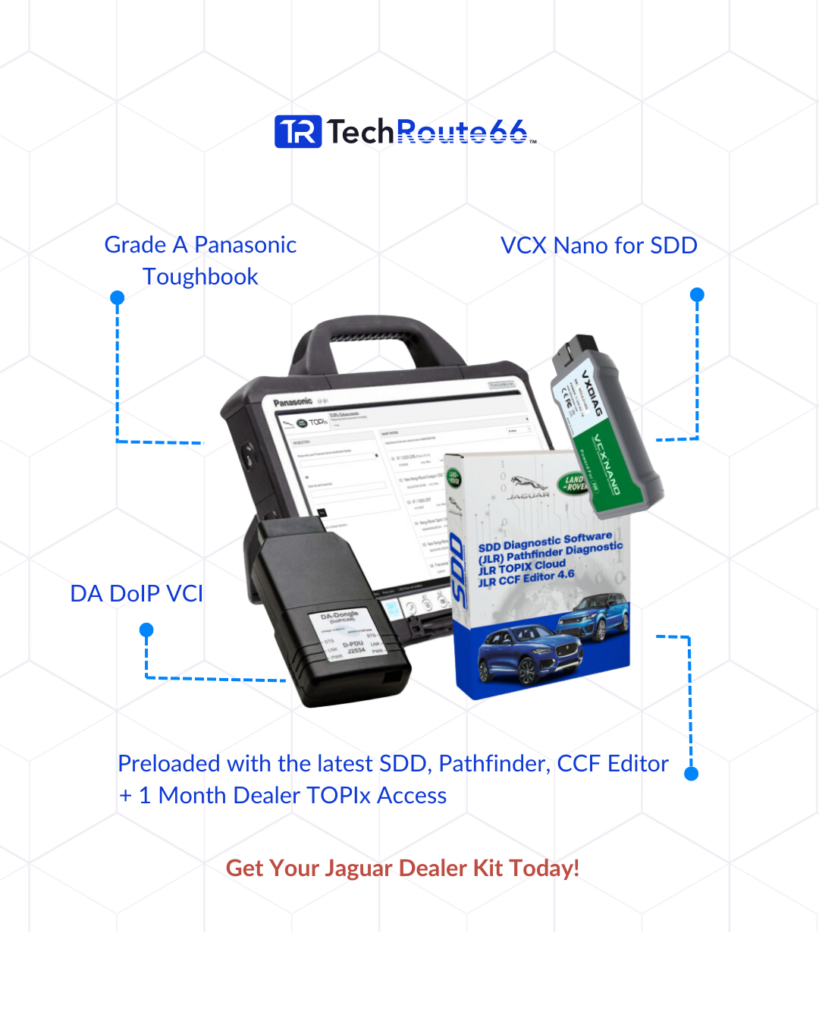
Diagnostic Tools and Procedures
When it comes to diagnosing and fixing the reduced engine performance fault in a Land Rover Freelander 2, there are several diagnostic tools and procedures that independent repair shop dealers and technicians can use.
One of the first steps in diagnosing the issue is to use a diagnostic tool to read the fault codes stored in the vehicle’s Engine Control Module (ECM).
A professional diagnostic tool such as JLR SDD Symptoms Driven Diagnostic with Land Rover VCI would be able to retrieve specific fault codes and provide detailed information on the problem. The fault codes can then be cross-checked with the manufacturer’s diagnostic manual to identify the exact problem.
Another tool that can be used is a smoke machine to identify any vacuum leaks in the engine system. The machine pumps smoke into the engine system and leaks can be identified by where the smoke escapes.
A compression test can also be conducted to determine the condition of the engine. This test measures the compression of each cylinder and can help identify issues such as a failing piston ring, valve, or head gasket.
It’s also important to check the air and fuel filters as clogged filters can restrict airflow and fuel supply, resulting in reduced engine performance. The fuel pressure should also be tested to ensure that it is within the manufacturer’s specifications.
Overall, utilizing these diagnostic tools and procedures can help pinpoint the root cause of the reduced engine performance fault in a Land Rover Freelander 2, allowing for a more efficient and effective repair process.
-
Product on sale
 JLR SDD: Jaguar Land Rover Diagnostic Software – Latest VersionOriginal price was: $349.00.$199.00Current price is: $199.00.
JLR SDD: Jaguar Land Rover Diagnostic Software – Latest VersionOriginal price was: $349.00.$199.00Current price is: $199.00.
Step-by-Step Guide to Troubleshooting and Fixing the Reduced Engine Performance Fault
The reduced engine performance fault on Land Rover Freelander 2 can be caused by various issues, from sensor malfunctions to fuel system problems. Here is a step-by-step guide to troubleshooting and fixing the issue:
Step 1: Check for Error Codes Use a diagnostic tool to check for error codes related to the reduced engine performance fault. Look for codes related to fuel system, throttle position sensor, and other engine components.
Step 2: Check Fuel Pressure Check the fuel pressure to ensure it is within the recommended range. If the fuel pressure is low, check the fuel filter and fuel pump.
Step 3: Inspect Air Filter Inspect the air filter to ensure it is clean and free from debris. A clogged air filter can reduce engine performance.
Step 4: Check the Throttle Body Inspect the throttle body to ensure it is clean and free from carbon buildup. Use a throttle body cleaner to remove any deposits.
Step 5: Inspect Spark Plugs Inspect the spark plugs and replace if necessary. Faulty or worn spark plugs can cause reduced engine performance.
Step 6: Check for Vacuum Leaks Check for vacuum leaks by inspecting hoses, intake manifold gaskets, and other engine components. A vacuum leak can cause reduced engine performance.
Step 7: Inspect Oxygen Sensor Inspect the oxygen sensor to ensure it is working properly. A faulty oxygen sensor can cause reduced engine performance.
Step 8: Check the Mass Airflow Sensor Inspect the mass airflow sensor to ensure it is clean and functioning properly. A faulty mass airflow sensor can cause reduced engine performance.
By following these steps, you can diagnose and fix the reduced engine performance fault on your Land Rover Freelander 2. If the issue persists, seek the assistance of a qualified Land Rover technician.
Read also: How to Setup JLR DoIP VCI for SDD and Pathfinder
Note: The two most common reasons we see the Freelander 2 go into limp home mode, with reduced engine performance, is due to the turbo boost control valve and the fuel filter.
Tips for Preventing Reduced Engine Performance Faults in the Future
Preventing reduced engine performance faults in your Land Rover Freelander 2 requires regular maintenance and careful driving habits. Here are some tips to help prevent these issues in the future:
- Regularly service your vehicle: Follow the manufacturer’s recommended service intervals to ensure that your vehicle is well-maintained and any potential issues are addressed before they become bigger problems.
- Use high-quality fuel and oil: Using low-quality fuel and oil can cause buildup in the engine and decrease its efficiency. Stick to high-quality options to keep your engine running smoothly.
- Avoid harsh driving: Hard acceleration, sudden stops, and frequent idling can put unnecessary strain on your engine and lead to reduced performance over time. Drive carefully and avoid unnecessary strain on your vehicle.
- Keep your air filters clean: A clogged air filter can decrease airflow to the engine, leading to reduced performance. Replace or clean your air filter regularly to keep your engine running at its best.
- Address warning lights immediately: If your vehicle’s warning lights come on, don’t ignore them. They could be a sign of a larger issue that needs to be addressed to prevent reduced engine performance or other problems down the line.
By following these tips and being proactive about maintaining your vehicle, you can help prevent reduced engine performance faults in your Land Rover Freelander 2.
Read also: HDC Fault on Your Land Rover? Here’s What You Need to Know
Conclusion and Final Thoughts
In conclusion, reduced engine performance in Land Rover Freelander 2 can be caused by various factors. Diagnosing and fixing the fault can be a challenging task, but with the right tools and procedures, it can be accomplished.
Regular maintenance and inspection of your vehicle can prevent reduced engine performance faults from occurring in the future. It is important to stay vigilant and address any issues as soon as possible to avoid costly repairs down the line.
As an independent repair shop dealer or technician, it is crucial to stay up to date with the latest diagnostic tools and techniques to provide the best possible service to your customers. With the right knowledge and expertise, you can effectively diagnose and fix reduced engine performance faults in Land Rover Freelander 2 and keep your customers satisfied.
By following the steps outlined in this guide and taking preventative measures, you can help ensure your customers’ vehicles perform at their best for years to come.
Read also: How to Fix the SOS Limited Functionality Error on Land Rover
